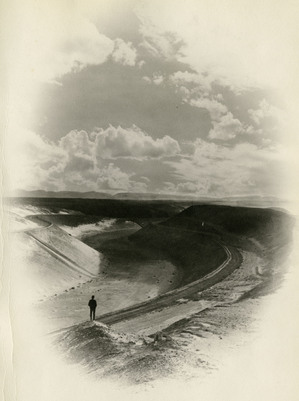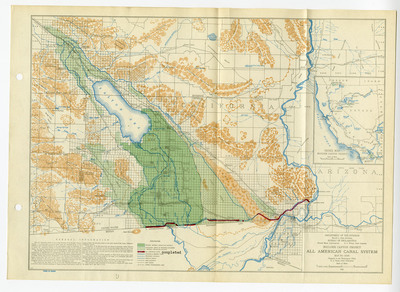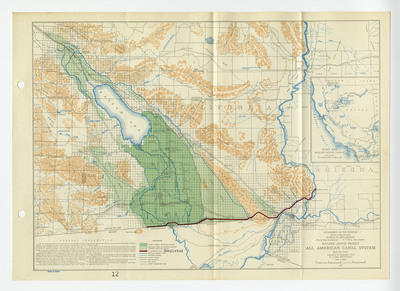Another interesting find from the 1939 annual project history of the All-American Canal! Below is a collage showing the Imperial and Coachella Valley’s flourishing agriculture. The All-American Canal was built to help provide farms with the water necessary to help irrigate crops. What better way to demonstrate the success of the Canal other than showing how bountiful the local farms are?
Along with the collage is the key which describes each individual photo. The combination of the photos and the descriptions of them provide not only a visual key of the various points along the Canal, but also a clear description of them. Note the emphasis on land which has been reclaimed and made fertile due to the Canal Project.


Series: All-American Canal Project Histories, 1948-1954. Record Group 48: Records of the Office of the Secretary of the Interior, 1826-2009. National Archives Identifier: 2292770



